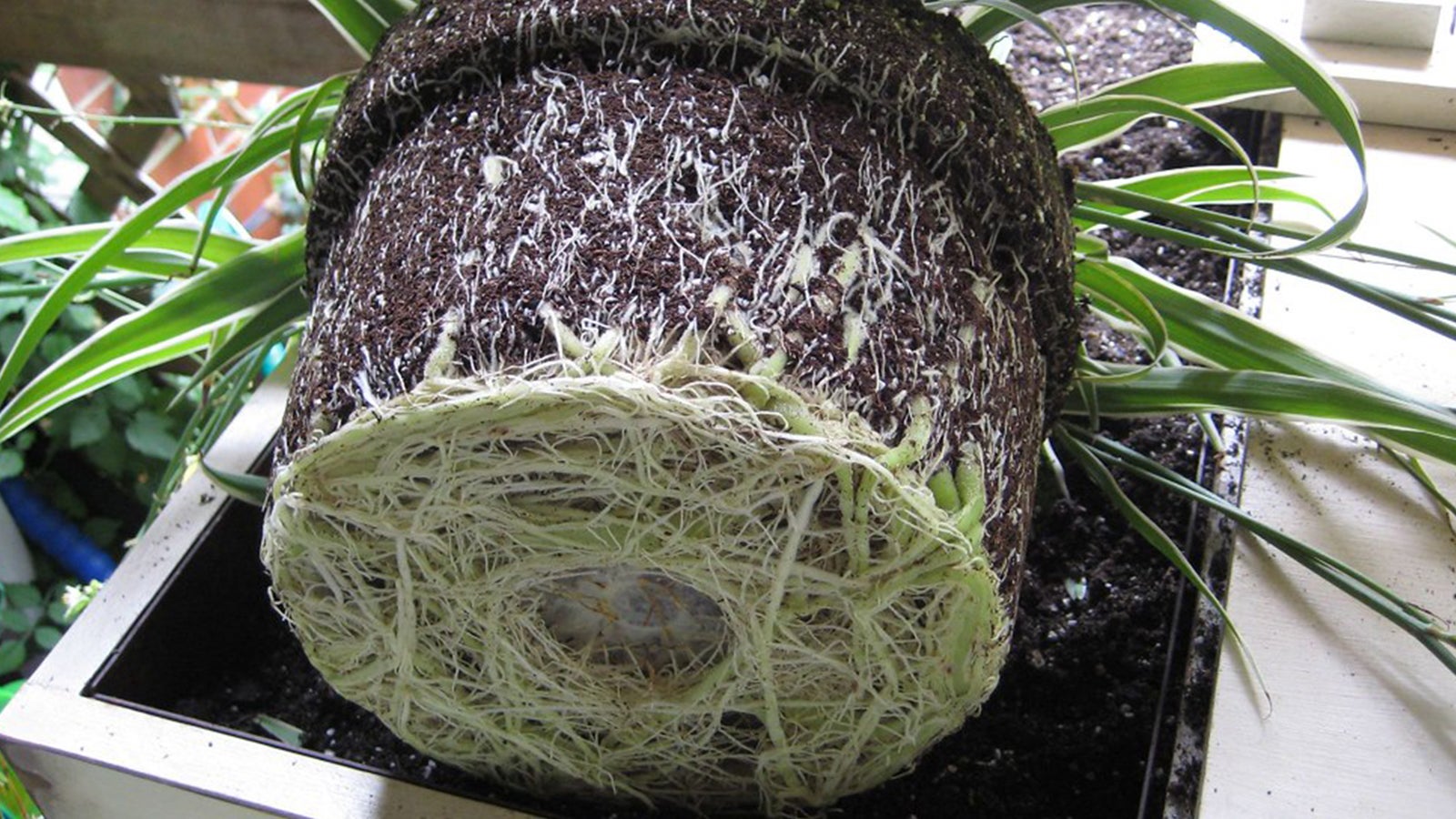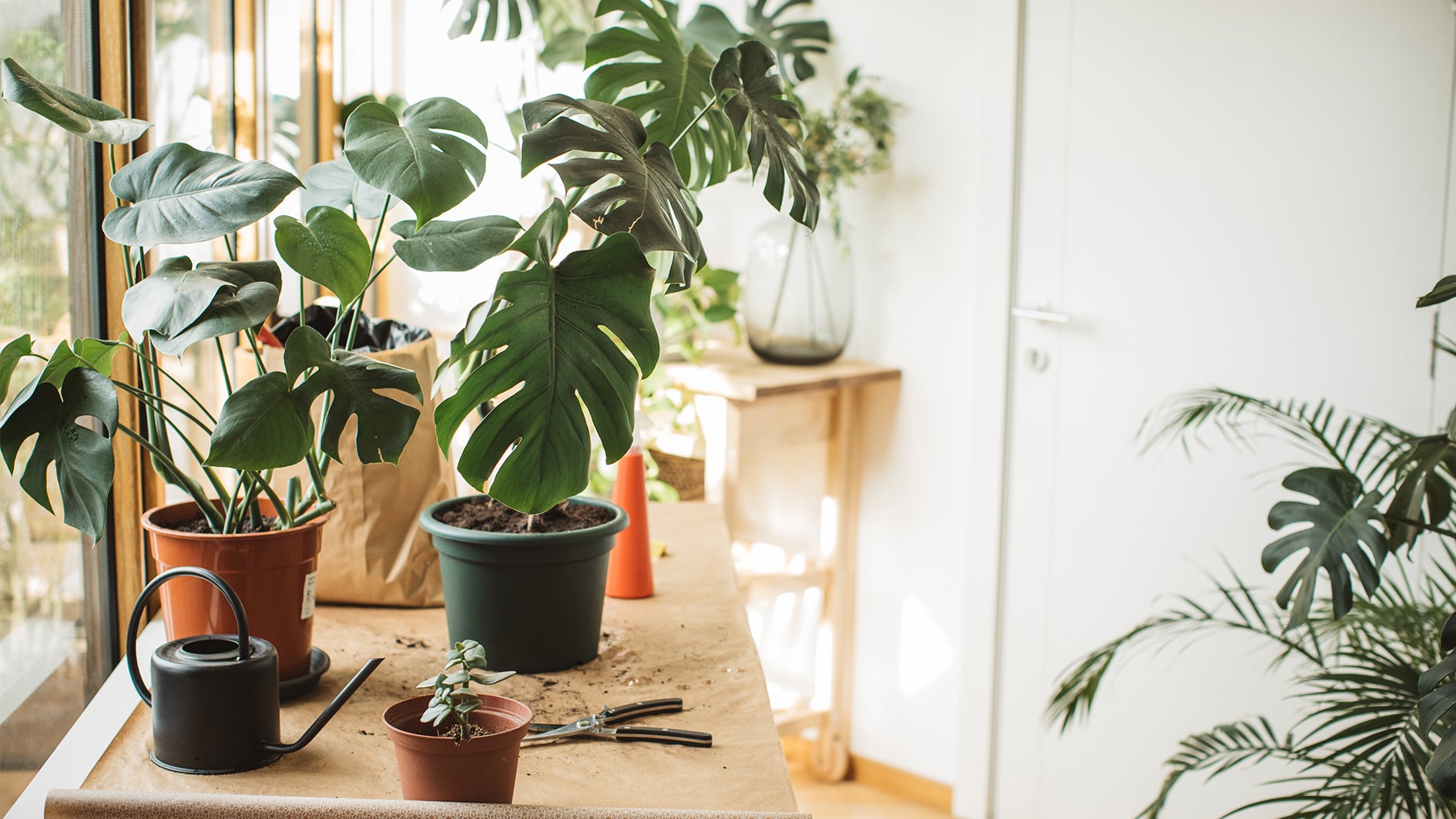
Repotting Indoor Plants
10 Sep, 2022
Does it Need Repotting?
Rootbound is when the plant's roots have grown to fill the pot; there is more root in the pot than soil.
Step By Step
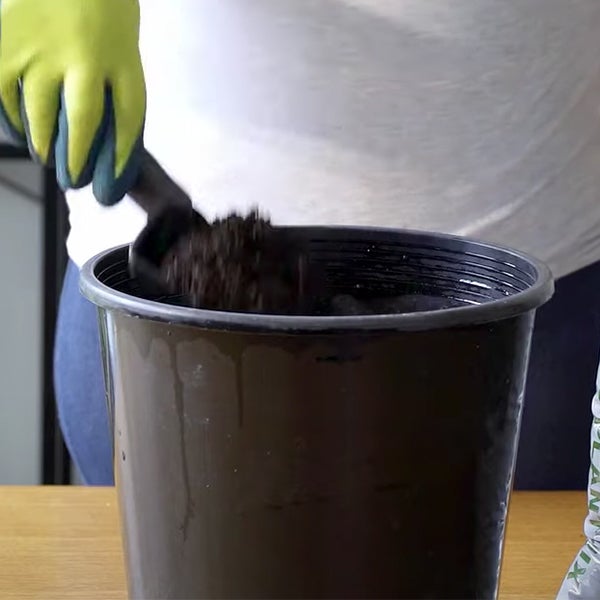
1. Prepare your new pot
Ensure your new pot is larger, or the same size, as the current pot your plant is in. When upsizing your pot, increase by up to 5cm in size- but not any larger. If there's too much new soil then the plant's roots may struggle to take up all the water. Add a layer of potting mix to the bottom of your new pot for your plant's roots to grow in. Use a free-draining mix such as Kings House Plant Mix.
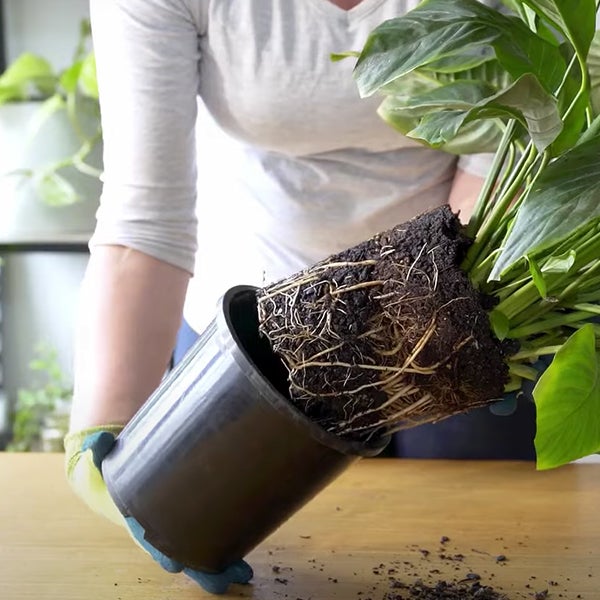
2. Remove plant from pot
If you are repotting a plant that has become rootbound, or is in a large, heavy pot, you can loosen the roots with a flush of water to wash away the outer soil. You will need to untangle and trim back any very long roots that were rootbound. If you are repotting a new plant, gently squeeze the plastic pot so the soil loosens, turn the pot upside down with one hand secured around the top of the soil, and gently pull the pot away from the soil and plant.
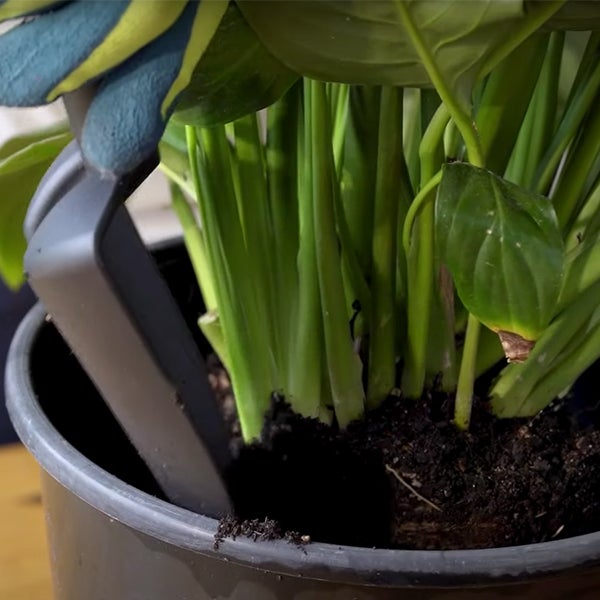
3. Add your plant and soil
Gauge how deep to place your plant by how it will sit in the pot. You want to have about 3–4cm of space between the top lip of the pot and the soil, otherwise water will run off the soil before it can soak in. Fill in the new mix around your plant, only up to where it was sitting before – above the roots but below where leaves are growing out of the stem(s). Always deeply water after planting. Wait at least a month until feeding with a liquid food.
